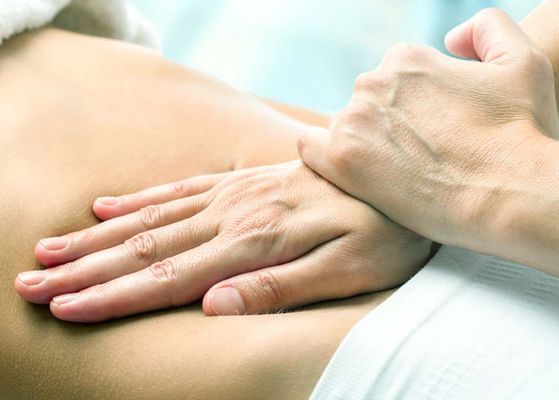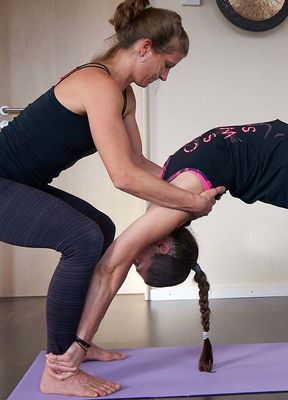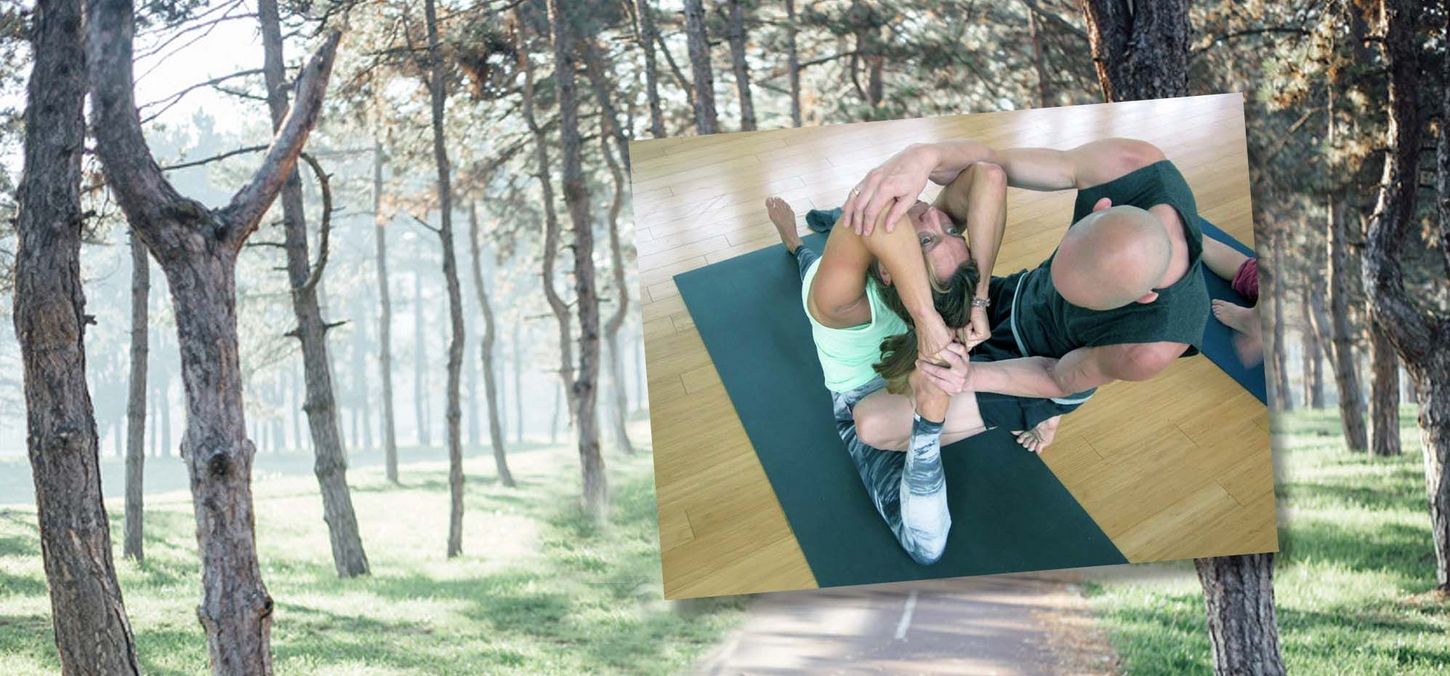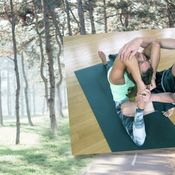

Just Imagine...
It’s a sunny, cold autumn day and you are biking to meet a friend at a café. As you head down the bike path facing the sun, the warmth and the light bring a smile to your face. Pedaling onwards you realize your fingers are ice cold and rigid, and you start to regret not bringing gloves with you. The bike ride becomes less enjoyable and you start pedaling harder to get to the café as quickly as possible. You arrive and see your friend and as soon she greets you with a hug all of the unpleasantness of the ride is forgotten.
Sound familiar? This common example from daily life really helps us to understand the importance of the skin. How many times have you experienced some similar situation in your life? Of those times, how often did you take directly into account the way your skin was allowing you to feel your environment, and how it influenced your thoughts, how your body reacted and even effected your mood? Well, let's take a closer look....
The Skin and Touch
The skin is the largest organ in our body and the sense of touch through the skin is the most important of our 5 senses. Its most concrete job is to create a barrier between our organs, bones and muscles and the outside world. At the same time, it performs protective functions like blocking out microorganisms and toxins, maintaining temperature control and sensing pressure, temperature, pain and contact.
In our bike ride example, the skin is the first point of contact you have with the sun, the frigid air, and with the warmth of your friend’s embrace. Through its connection with the nervous system, the skin interacts with the musculoskeletal system to create movement and an awareness of where the body is in space.

Although we may not really be aware of it, the skin actually senses where bones line up and where the muscles connect to the bones in order to grab the handlebars, sit upright (or not) on the bike saddle or to lift your arms to hug your friend. On an emotional level, touch is registered and the body reacts with an emotion based on its experience. Thus, when there is the warmth of the sun on your face you smile, and when your fingers lock up and grip the handlebars you feel uncomfortable and maybe even stressed.
There have been studies demonstrating how the amount of affectionate touch a person receives corresponds directly to their behavior, emotional state and, in children, their emotional and physical development. The affectionate touch of your friend’s arms around you allow you to feel a sense of connection, and ultimately can help you to maintain emotional and physical wellbeing and health. The sense of touch by means of the skin is what allows us to recognize our environment and where we fit into it. When you and your friend greet one another, you sense the familiarity of their touch as well.
Sensing Through Your Skin
When we examine the characteristics and qualities of skin and touch, we achieve a better understanding of how it relates to the practice of yoga. On one hand, the skin is simply doing its job and works independently, much like the breath. On the other hand, there is a wealth of knowledge that the skin has collected through its interaction with the outside world and the messages and experiences it has passed along through the nervous system and to our subconscious. Much of what the skin experiences over time is imbedded in the body and automated physical responses are developed and the body reacts accordingly when sensed. You can see this in our learned behaviors, lifestyle choices and life experiences including trauma.
Skin Mindfulness Exercise for November
Seeing as we have spend some time recognizing how experiential it is to feel through the skin, I wanted to offer you a chance to feel for yourself. Below I have shared an observation exercise related to your skin, touch and your yoga practice. If you are curious, I suggest you try the exercise over the period of an entire month. In the following months I will be posting other exercises to help you to refine your sense of feeling through the skin and your sense touch.

Exercise 1: Think back to the last manual assist that you received in a yoga class.
- Was it physical, i.e. through touch, or intellectual, i.e. through a verbal cue?
- If it was hands-on, how did you register the sensation: the temperature, the pressure, the quality of the touch (for instance soothing or energetic)?
- Take a moment to think of how your body reacted to the assist. Was it from the 'top down', meaning from intellect to the body, or was the intellectual element bypassed and the sensation simply felt?
- How would your experience have changed if that assist were only verbal, or only physical?
The first step is knowing whether or not you are mindful of the sensation of touch. If you can’t recall, this is a perfect opportunity for your to start making a conscious effort to feel through the skin as you practice.
This month I invite you to pay attention to your skin and, after your yoga session, write down something that occurred during your mindfulness practice of the skin. This can be a few sentences, a few words or even a picture. By journaling your experience over a month’s time, you might be surprised how your reflections have changed over time and observe how your sense of receiving touch has developed.

My Personal Reflections on Touch
As a practitioner and teacher, I have explored how the skin and touch play a huge role in the way that we perceive ourselves and the way that we interact with the outside world. I can tell myself silently, or a student out loud in class for that matter, to lift or breathe or turn some part of the body. This is an intellectual cue which makes the assumption that this particular body has experienced that movement before and can make the mind-body connection from the top down, resulting in the desired movement.
But... if our skin and our sense of touch foster and register experiences which may or may not be developed into corresponding movement, and in some cases have never been experienced at all, how can the intellect will that to happen? Through using self-adjustment and receiving impulses, assists and adjustments, we can create new experiences in our body, which are first experienced and then archived, and, over time and careful cultivation, create new movement patterns in the body that we can bring forth from the inside out. In some cases, we can replace old experiences with new ones, bringing a new sense of awareness to the region of the body altogether.

Over the next few months, I will share some different exercises geared at helping you to be more aware of your skin and what role it plays for you in your experience on and off the mat. I will be posting several exercises over this time that you can try out in your own practice in order to bring more mindful interaction in receiving impulses through the skin and by using self-adjustment to receive and create movement and directional patterns on your own. If you would like you share some of your observations, or if you have any questions, please post them and I will speak to those points in the following articles.
See you on the mat!



 Kristen Sikorsky Racco
Kristen Sikorsky Racco
 Dr. Sabine Nunius
Dr. Sabine Nunius
